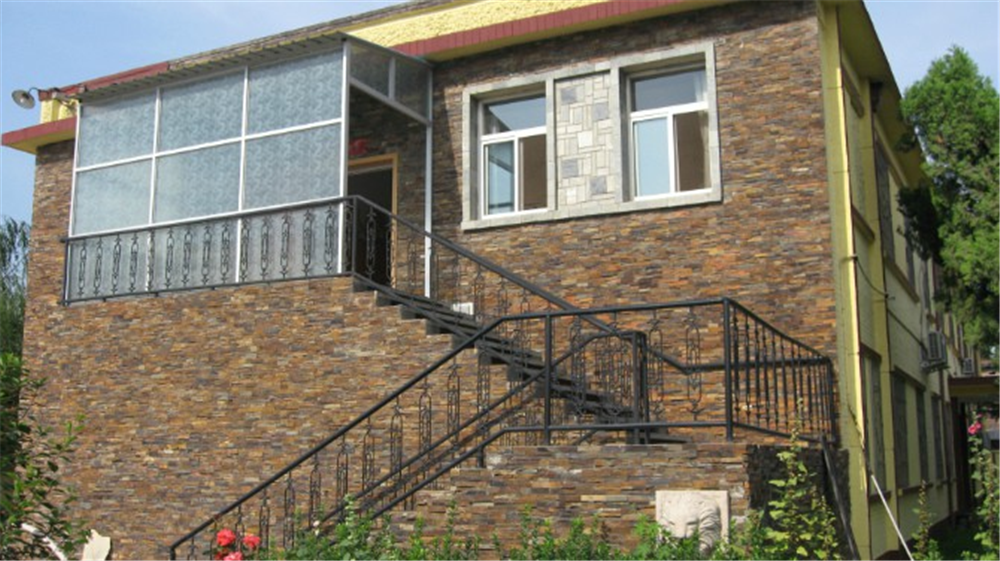Introduction
Cultured stone veneer is a versatile building material that has gained popularity in the construction industry for its aesthetic appeal, durability, and cost-effectiveness. In this comprehensive guide, we will explore the origins, production process, installation methods, and benefits of cultured stone veneer. We will also discuss its applications in both residential and commercial projects, as well as its environmental impact.
Origins of Cultured Stone Veneer
Cultured stone veneer, also known as manufactured stone or faux stone, was first introduced in the 1960s as a more affordable alternative to natural stone. The process of creating cultured stone veneer involves replicating the look and texture of natural stone using a mixture of lightweight concrete, pigments, and other additives. This allows for a wide range of colors, shapes, and textures to be achieved, making it a versatile choice for architects, builders, and homeowners.
Production Process
The production process of cultured stone veneer begins with creating molds of natural stones, such as limestone, granite, or slate. These molds are then filled with a mixture of concrete, pigments, and other additives to replicate the appearance of the natural stone. The mixture is then cured and cut into thin slices, resulting in lightweight and manageable stone veneer panels.
Installation Methods
Cultured stone veneer can be installed using a variety of methods, depending on the type of project and the desired look. The most common installation method is the "mortar set" technique, where the stone veneer panels are adhered to the wall using a special mortar mix. Another popular method is the "dry stack" technique, where the stones are stacked on top of each other without mortar, giving the appearance of a dry-laid stone wall.
Benefits of Cultured Stone Veneer
There are numerous benefits to using cultured stone veneer in construction projects. One of the main advantages is its cost-effectiveness compared to natural stone, making it an attractive option for budget-conscious builders and homeowners. Additionally, cultured stone veneer is lightweight, easy to install, and requires minimal maintenance, making it a practical choice for both interior and exterior applications.
Furthermore, cultured stone veneer is available in a wide range of colors, shapes, and textures, allowing for endless design possibilities. Whether you are looking to achieve a rustic, traditional, or modern aesthetic, there is a cultured stone veneer option to suit your needs. Additionally, cultured stone veneer is highly durable and weather-resistant, ensuring long-lasting beauty and performance.
Stone veneer for architectural features of Cultured Stone Veneer
Cultured stone veneer can be used in a variety of applications, both residential and commercial. In residential projects, it is commonly used for exterior cladding, accent walls, fireplaces, and landscaping features. The versatility of cultured stone veneer allows for seamless integration with various architectural styles, from traditional to contemporary.
In commercial projects, cultured stone veneer is often used for building facades, retail storefronts, and interior feature walls. Its lightweight nature and easy installation make it a practical choice for large-scale projects that require cost-effective and visually appealing building materials. Cultured stone veneer can also be customized to meet specific design requirements, making it a popular choice among architects and designers.

Environmental Impact
In recent years, there has been a growing concern about the environmental impact of construction materials. Cultured stone veneer offers several environmental benefits compared to natural stone, including reduced energy consumption during production, lower transportation costs due to its lightweight nature, and minimal waste generation during installation.
Additionally, cultured stone veneer is a durable and long-lasting material that requires minimal maintenance, reducing the need for frequent replacements and repairs. These factors contribute to the overall sustainability of cultured stone veneer as a building material, making it a preferred choice for environmentally conscious builders and homeowners.
Conclusion
Cultured stone veneer is a versatile and cost-effective building material that offers numerous benefits for both residential and commercial projects. Its ability to replicate the look and texture of natural stone, combined with its durability, ease of installation, and environmental sustainability, make it a popular choice among architects, builders, and homeowners alike. Whether you are looking to enhance the aesthetic appeal of your home or create a striking facade for a commercial building, cultured stone veneer provides endless design possibilities and long-lasting beauty.
